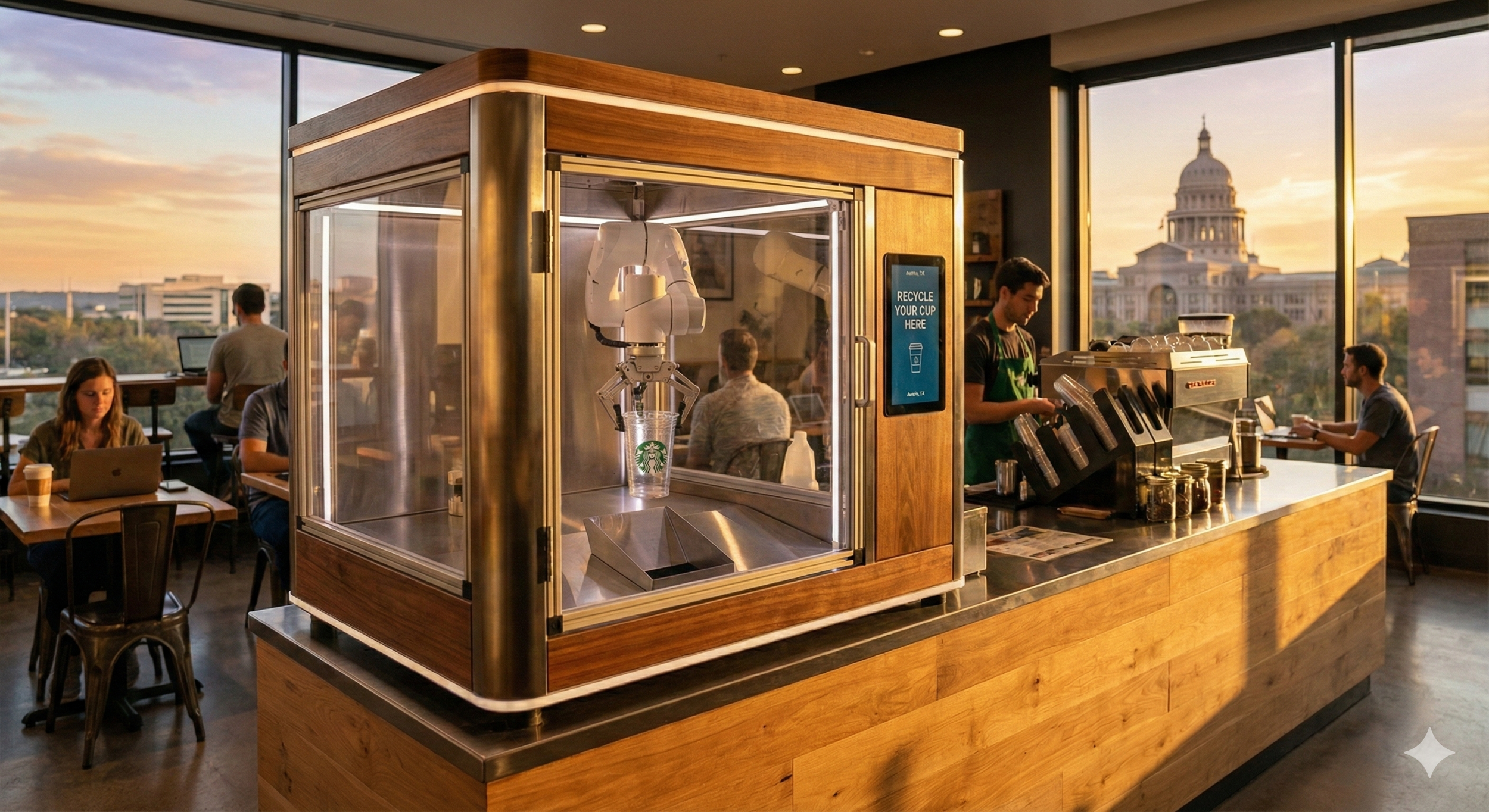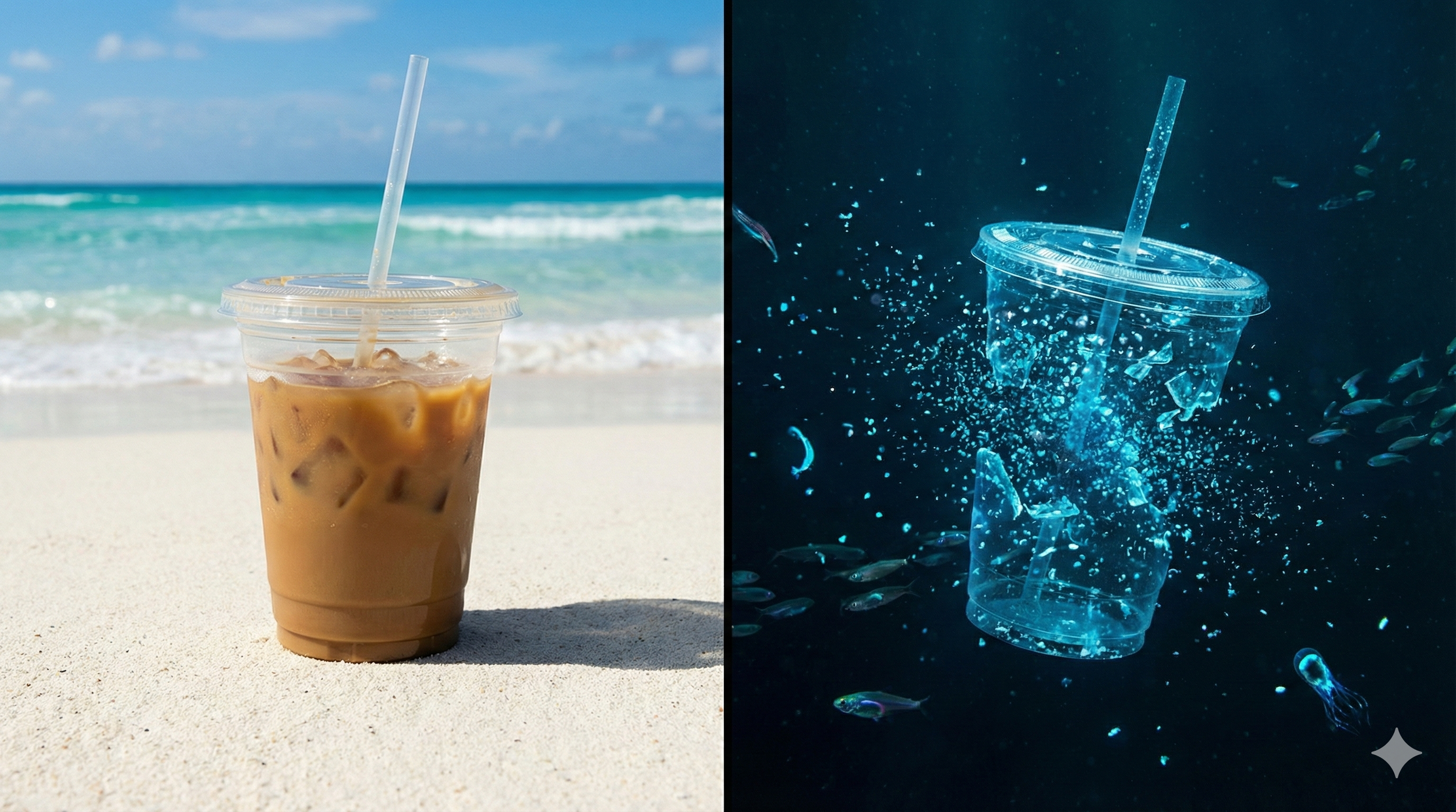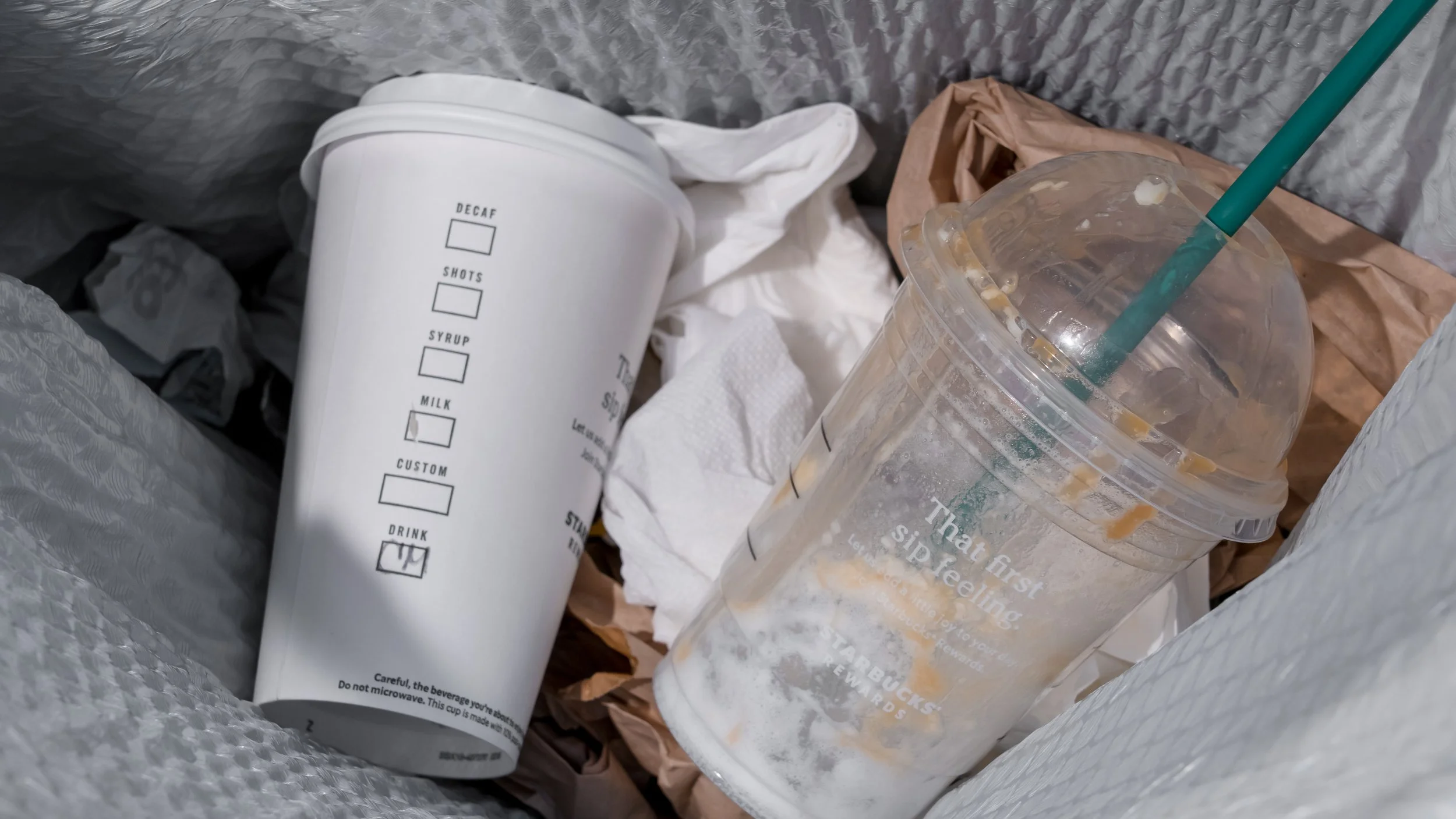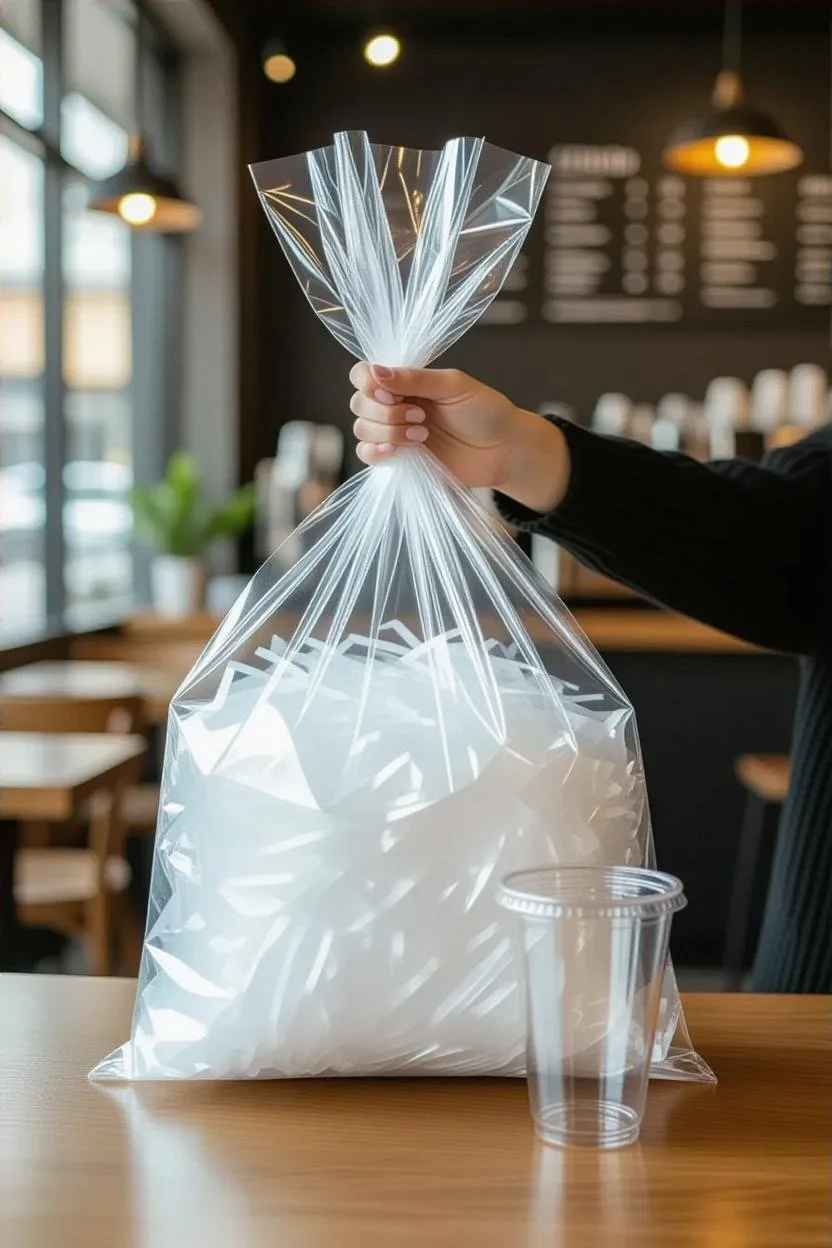
R3grind at HEB stores- Lets make it a reality. HEB is an action leader in recycling.

Wishful Thinking or the Next Big Airport Contract? What If Every Austin Airport Trash Can Looked Like This
Wishful thinking.. I am looking forward to 2026 and being able to say…
R3GRND is proud to introduce our innovative single-use cup collection system at Austin Airport, enhancing recycling efforts in one of Texas’s busiest travel hubs. Our state-of-the-art machine streamlines the collection and processing of disposable cups, promoting sustainable waste management and reducing landfill impact. This installation supports Austin Airport’s commitment to environmental responsibility by making recycling convenient and efficient for travelers and foodservice providers alike.
well we can all dream right..

What Customers Actually Gain When They Return Their Coffee Cup (And Why They Keep Coming Back)
Customers returning coffee cups via in-store robotic hubs earn instant cash, loyalty points, charity donations, and carbon offsets—plus the satisfaction of seeing 94% of their cup truly recycled. Real reward examples.

Why Coffee Shops Win Big by Collecting Cups On-Site with Robotic Recycling Hubs
Coffee shops collecting cups on-site with robotic RVMs see 18–42% foot traffic lifts, 12–28% higher loyalty spend, and new revenue streams. Real data from Starbucks, Costa, and independent pilots.

Why Forward-Thinking Cities Are Installing Robotic Recycling Hubs in Coffee Shops (And How Austin Can Lead)
Cities like Singapore, Amsterdam, and Seattle are achieving 30–60% higher cup recovery with robotic recycling hubs in coffee shops. Real pilot data + why Austin is perfectly positioned to lead next.

From Trash to Treasure: How Plasticrete Turns Your Discarded Coffee Cups into Bulletproof Building Blocks
The ripple effect? For coffee chains like Starbucks, chasing their 2030 recycled-content goals, solutions like Plasticrete could close the loop on cup waste. And for you? Start small: rinse and drop your used cups at a Plasticrete partner site (check their map for pop-ups). Or advocate—email your mayor about municipal collections.

DIY Hacks to Ditch Disposable Cups: 5 Reusable Swaps That Won’t Cramp Your Commute
Collapsible silicone pocket cup ($12–22) Folds to the size of a hockey puck. Dishwasher-safe, BPA-free, and baristas love them because they expand to standard 12–16 oz.
16-oz stainless with ceramic interior coating ($25–40) No metallic taste, keeps iced coffee cold for 12+ hours. Brands like Fellow Carter and Miir are leak-proof enough for backpacks.
Glass + bamboo + silicone sleeve ($18–30) Crystal-clear like Starbucks’ plastic but zero leaching. The sleeve protects your hand and the cup from drops.
Stojo-style fold-flat cup ($15–25) Collapses to 2 inches thick—perfect for tiny purses or glove compartments. Comes with a built-in straw hole.
The cheat code: buy secondhand Yeti/Rtic/Hydro Flask on Facebook Marketplace (<$15) Same lifetime warranty, half the price, zero new plastic produced.

Starbucks’ Plastic Pledge: Are They Walking the Walk on Cup Sustainability?
South Korea hit 90 % reusable adoption in select stores with deposit-return borrows.
UK’s 5p latte levy and “borrow-a-cup” trials slashed single-use by 40 % in test locations.
The NextGen Cup Challenge funded 12 winners, including fully compostable fiber cups and reusable tracking tech.

From Cup to Crisis: How Single-Use Plastics Fuel Microplastic Mayhem in Your Morning Brew
A 2022 study in Science Advances found microplastics in 80 % of human blood samples tested across 22 people. Another 2023 paper detected them in human breast milk for the first time.

Comparing polypropylene (PP) single-use cold coffee cups, like those used at Starbucks, to paper cups
Paper cups, while often viewed as more renewable due to their paper content, actually require significantly more energy and water during production compared to alternatives. Additionally, their recycling process is complicated by their plastic lining, which makes them difficult to process and often leads to them being sent to landfills. Both paper and plastic single-use cups carry substantial environmental costs, particularly in terms of resource consumption and waste generation. In contrast, reusable cups, when properly managed and integrated within systems like R3GRND’s single-use cup collection, present a far more sustainable solution by reducing waste and lowering the demand for raw materials and energy over time.

The Lifecycle of a Polypropylene Single-Use Cold Coffee Cup from Starbuck
The Lifecycle of a Polypropylene Single-Use Cold Coffee Cup from Starbucks

500 billion single-use cups are thrown away worldwide each year.
Around 500 billion single-use plastic cups are discarded yearly. This includes cold drink cups (e.g., soda, iced coffee) used at fast-food chains, cafes, and events.

“Cups are an icon at Starbucks.”
“Cups are an icon at Starbucks” Amelia Landers, Starbucks vice president of menu experience.
